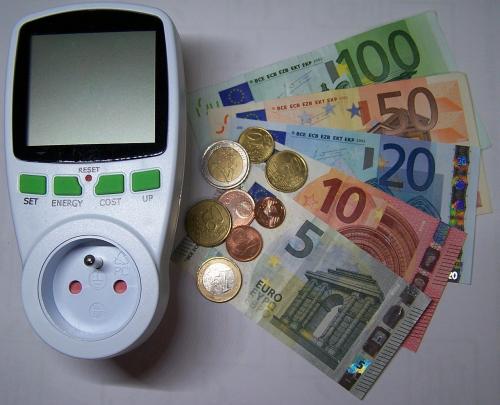US TREASURY BONDS AT THE CROSSROADS

One thing that most expert financiers and savers across the globe share practically speaking is an aversion to low interest rates. Both are forced to look into asset classes or risk categories they would otherwise refrain from when under the pressure to achieve determining returns. Though being used to it for many years, both groups struggle to accept low rates as a reality.
At a point when central banks had provided substantial stimuli in 2008 and 2009 as a reaction to what had been the greatest economic emergency since the Great Depression, high profile financial observers believed these actions to herald a return to an inflationary environment and the conclusion of 30-years of a bull market in bonds. As we know today, these predictions proved wrong.
Another twelve years later, monetary and central bank measures aiming at cushioning the worst impacts of COVID-19 have reached between three and ten times the volumes of the financial crisis aides. It’s not just the incredible volume of money supplied but also the ways it is assumed to pour into the economy once unleashed – i.e., when vaccinations are complete and lockdown measures reduced – expectations will no doubt be for higher rates, at last heralding the conclusion of a now 40-year bull market in bonds.
“Hopes will be sparked for higher rates, finally ringing in the end of a now 40-years-old bond bull market.”
The chance of inflation picking up speed, interest rates rising and bond prices declining was one of, if not the most discussed scenarios in global market outlooks for 2021 and, after all, bond markets seemingly began to price in such scenario early in the year. At the end of February, a USD 62 billion auction of USD 7-year treasury notes saw historically low demand and the 10-year treasury yield that was predicted to reach 1.5% at the end of 2021 has surpassed this mark in Q1.
The yield of a bond moves opposite to its price. Rising yields, i.e., falling prices of USD treasuries have been driving decreasing fears of deflation or the expectation of steady GDP growth for as long as markets exist. Consequently, rising equity markets and narrowing credit spreads have been the long-time companions of falling treasury yields. Neither of which, gives any clear indications of moving in accordance with their expected paths. Currently, the global market indices and what we expect them to indicate are not behaving as expected.
The US Federal Reserve, for their part, recently signalled to keep rates unchanged, i.e., near zero through 2023 while lifting inflation expectations for 2021 to 2.4% from 1.8%. Against the background of the USD 1.9 trillion Covid-19 relief bill and a Fed price stability corridor tolerating an inflation of 2%, the sharp increase of treasury yields appears as irrational as its decline one year ago – when the USD10Y yield fell to 0.51% despite the fears of Armageddon when Covid-19 began to afflict markets.
Irrespective of where investors or savers would wish for interest rates to be heading,, it is very likely that central banks such as the Fed would temporarily accept a higher inflation rather than hastily hiking rates once the economy gains momentum and prices start climbing. It’s often overlooked that much of the economic prosperity of the past ten years is attributable to endurable central bank support. In the US, more than two thirds of the GDP is made up for consumption – curtailing consumption, e.g., due to more expensive credit card debt, would stall the economy in a straight-line manner. For real estate markets, both in the US and in Europe, rising rates would also have detrimental effects as refinancing plans bet on continuously low interests to a large extent.
A sharp rise in interest rates would also weigh on equity and derivative markets and it would hamper banks ramping up their capital base which is much better than before the financial crisis but still nowhere near an industrywide, sustainable level.
With a volume of USD 21 trillion, the US government bond market is the largest and most liquid bond market in the world. A slow market sales process shouldn’t worry us because it would be heralding sustained inflation. It is really an indication of market imbalances such as the government bond primary market’s notable vulnerability to high-speed algorithmic trading, which is then again no less concerning.
In any case, what appears as if market paradigms had changed fundamentally is in fact that certain metrics have lost their explanatory power as correlations have shifted.
Retail investors or traders who would like to benefit from any changing or unchanging interest rates levels in different countries need to continue to be on the look-out for relevant signals or decisions by the central banks. Eventually, the rates can impact all asset classes, including equity indices, commodities and currency pairs – all of which can be traded as securitised derivatives on Spectrum Markets. Brokers who are looking for an innovative new trading venue where their retail clients can take long or short positions 24 hours a day, 5 days a week, may want to consider connecting with Spectrum Markets.
Post Your Ad Here

Comments